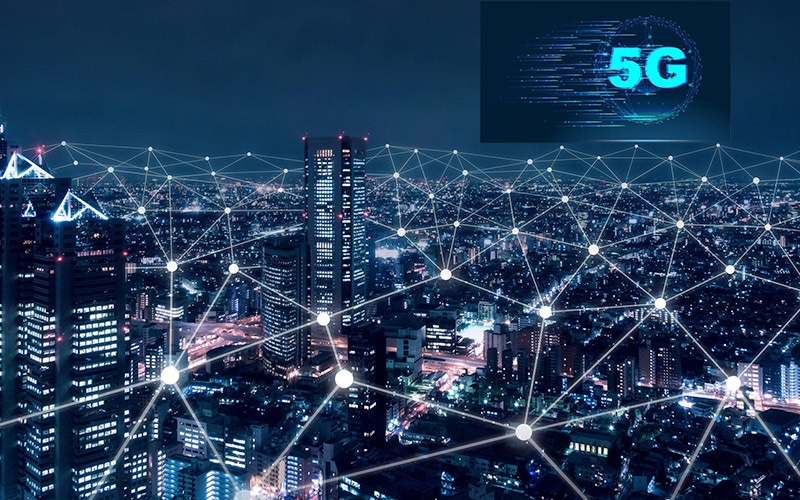The health effects of the 5G radiation are being debated, but one study has suggested the connection between RF radiation and cancer in male rats. The study was classified up until it was declassified at the end of 2012 by Central Intelligence Agency, but it demonstrates that radiofrequency could trigger cancerous growth in animal, which includes humans. In the research, scientists were exposed to male rodents for 15 days , and discovered that they developed similar types of cancers humans develop.
Health effects of radiation from 5G
Although the rapid growth of wireless communication has led to the development of 5G technology however, there is a growing concern regarding the health effects of the radiation from 5G. While higher frequencies do not penetrate the body as deeply as older technologies, scientists have raised concerns about possible effects on the system and are calling for further research. To ensure that does 5g emit radiation is protected and protected, it is the European Commission is requesting independent studies to determine whether the technology poses any health hazards.
It is important to note that there is a significant number of misinformation about the health effects of 5G It is crucial to clear any misconceptions that persist. Although the technology isn't yet widely used, there are many individuals who are being told that it could cause health issues mostly through social networks where sensational language is used.
Beamforming technique
Beamforming is among the most vital technologies in 5G mobile networks. It is a method that uses several radiating elements to produce a narrow beam. The purpose of beamforming is to reduce any unwanted radiation that is in the signal that results. This method is typically employed in wireless communication systems, and is essential for the 5G's cost-effective coverage.
The method involves electronic weighting of the individual signals from each antenna. This results in the narrow beam of radiation that improves cell coverage indoors and around cell edges. This is crucial since poor coverage could lead to low user satisfaction. Apart from improving the signal, beamforming reduces the amount of interference that a user encounters from other devices.
Power density
The power density of 5G electromagnetic radiation coming from cell towers will be similar to previous generations of 3G and 4G systems. A reason that lower density is the sensitivity of electronic components. The maximum radiation output for a 2G phone was approximate 2 Watts, while that of the 4G model was around 200 milliwatts.
The power density is a measure of how much electromagnetic energy is absorbed by the body at a certain distance. The power density of 5g radiation is usually measured in watts per square metres. Contrary to the SAR measurement it is an actual measure of the quantity of electromagnetic energy that can be found in an area. The limits for power density can be different for mobile devices and wearables according to their operating frequencies and distance.
Specific absorption
A Specific Absorption Rate (SAR) can be described as a parameter that measures the rate at which a certain frequency depositions power in human tissues. In general, the SAR number must not exceed 2 watts per kilogram body mass. This value is derived through the electrostatic field within the tissues and the mass density, which is measured in kilograms per cubic meter. The method was recent used to determine the antenna design.
The new radio technologies that make up the network 5G operate in frequencies below 6 GHz. These frequencies are known by the name millimeter wave. However, The FCC's SAR compliance test only applies to frequencies that are up six GHz. In addition to that, the SAR test requires that measurements are conducted in phantoms containing tissue simulating media.
Skin health and its effects
Currently, we have no information on the health effects of 5G radiation in the body. The current knowledge is limited by the absence of in-vivo studies and theoretic models. However, there is an urgent need for more research on the impacts of 5G radio frequency radiation on the human skin. Utilizing 5G radio frequencies may cause damage to the skin specifically to the epidermis which is very sensitive.

In contrast to 4G, 5G radiation is a high frequency that has been shown to cause heat to human tissues. Human bodies are dipolar, which means that the higher frequency of 5G radio waves could cause heat to the skin. Exposure to 5G radio frequencies can also affect other organs in the body, including the brain.
